Con Colbert was one of the younger generation of Irish republicans who took part in the Easter Rising in 1916. He openly displayed his nationalist fervour to the authorities before the Rising and according to those who fought alongside him, this may have led to him being chosen for execution while more senior officers were spared.
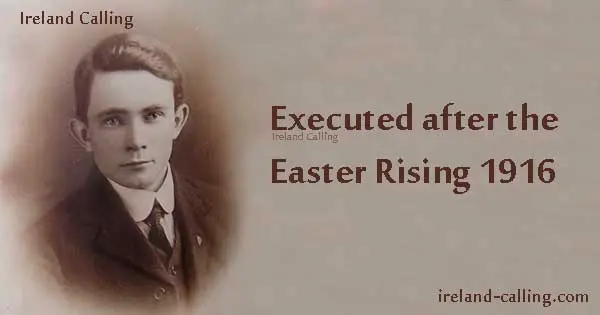
Colbert was a founding member of the nationalist youth organisation Fianna na nÉireann in 1909 and later progressed to be a founding member of the Irish Volunteers in 1913.
Cornelius ‘Con’ Colbert was born on 19 October at Monalena in Limerick in 1888 and raised in nearby Athea. He moved to Dublin when he was 13 and was educated at the Christian Brothers School in North Richmond Street.
His sense of nationalism developed very early and even affected his choice of job. His sister Elizabeth Colbert later recalled. “He made his mind up very soon that he would not serve in the British Civil Service. He was enthusiastic about everything Irish and had now begun to study Irish. He acquired great proficiency in the language and spoke it fluently. He always bought clothes of Irish manufacture.”
After leaving school, Colbert got a job as a clerk at Kennedy’s Bakery in Dublin and stayed there until the Rising in 1916.
He was one of the founding members of Fianna na nÉireann, or Warriors of Ireland, more commonly referred to as Fianna Éireann, or the Fianna. It was a youth movement set up by Countess Markievicz and Bulmer Hobson in 1909 to promote Irish culture and act as a kind of pre-school for later membership of the Irish Republican Brotherhood. It was similar to the scout movement and included marches and drills among its activities.
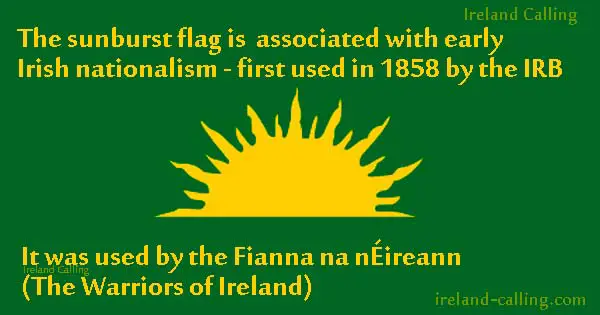
‘Gallant Captain Colbert’ of the Fianna and Volunteers
Colbert quickly became a captain of the Fianna with his own unit in Dublin. He also trained and inspected other branches across the country. He was described as the “gallant Captain Colbert” by Patrick Pearse who asked him to provide the boys at his school, St Enda’s, with basic military training involving basic drills. Colbert willingly obliged and refused to take any wages.
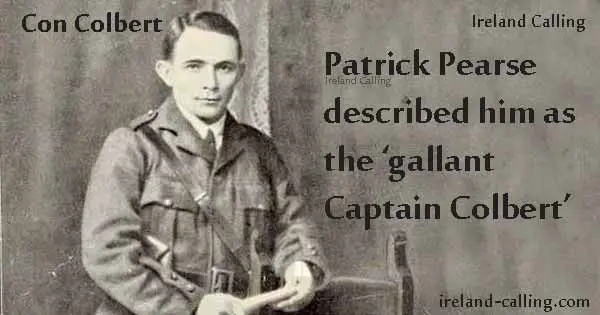
Colbert was known as being particularly religious and he did not smoke or drink. He was, however, according to his sister Elizabeth, a lively character with a good sense of humour. She wrote: “Con was always full of life and fun. He was constantly making jokes, though he took his work for the Fianna and the Volunteers very seriously and spent all his spare time at it. He cycled all over Ireland organising companies.”
Elizabeth recalled an incident involving the Fianna and a group of British Boy Scouts that got Colbert into trouble with police. She said: “I should mention that Con was up in court once about a flag incident. It seems there was a bit of a tussle up on the mountains between the Fianna and the British Boy Scouts and the Fianna took the Union Jack from the Boy Scouts who were all much bigger fellows than the Fianna.”
Colbert was not married but may have been in a serious relationship before the Rising. Elizabeth recalled going to a ceilidh with him: “In the course of the evening he said to me: ‘I’ll show you the nicest girl in Dublin.’ He introduced me to Lucy Smith. I think he was in love with her and would probably have married her if he had lived. She was a nice, refined girl, a member of Cumann na nBan and a great worker in the movement. She afterwards married Tom Byrne of Boer War fame who was also keen on her at the same time. He was Con’s rival.”
Colbert was a member of the executive of the Volunteers and became a captain in the 4th Battalion of the Dublin Brigade under the command of Éamonn Ceannt. He had earlier acted as a bodyguard for Tom Clarke, one of the main organisers of the Rising.
‘Would it not be better nearer the heart?’
During the Rising, Colbert was the commander of a group of Volunteers stationed at Watkin’s Brewery on Ardee Street, and later at Jameson’s Distillery Marrowbone Lane. They held their position until receiving the order to surrender from Patrick Pearse.
Colbert faced a court martial at Richmond Barracks and was sentenced to death. He was executed by firing squad on 8 May in Kilmainham Gaol. The firing squad placed a piece of white paper on the chests of condemned men to act as a target. Colbert moved his slightly to the left saying: “Would it not be better nearer the heart?”
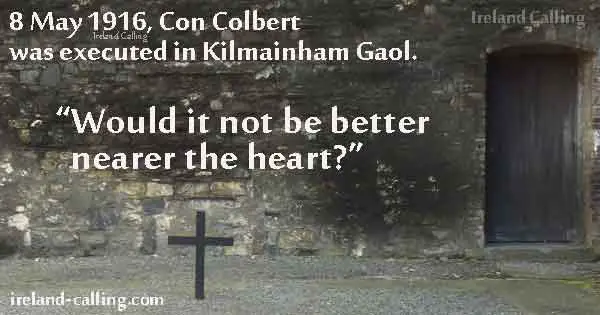
Colbert was a relatively low ranking officer and it’s perhaps puzzling that he was executed while more senior commanders were spared. The answer may lie in his behaviour before the Rising even began.
Following the executions, a story developed that the reason Colbert was executed was because he claimed he was the commander at Marrowbone Lane, to protect the actual commander Seamus Murphy, because Murphy was a married man with responsibilities.
Executed for ‘shows of nationalism and removing union jacks’
Christopher Byrne was one of the Volunteers who was in Marrowbone Lane and saw what happened. He insisted the story was not true, and suggested that Colbert may have been executed because of the way he had openly displayed his nationalist beliefs to the authorities before the Rising and made himself well known to the authorities.
Byrne said: “Seamus Murphy was in charge at Marrowbone Lane and Con was second in command. The commands remained so until the surrender. After the surrender, we were taken to Richmond Barracks…
“A number of Dublin detectives, Bruton and Barton included, came along and picked out most of the leaders. – E. Ceannt, Con Colbert, Phil Cosgrave, Willie Cosgrave, John McBride and Dick Davis were picked out of our batch and marched away.
“Seamus Murphy was in our batch and in full uniform, but he was not picked out. The question of Colbert taking Murphy’s place does not arise at all, it was just that good luck favoured Murphy and he was deported with us to Knutsford.
“In my opinion, what saved Murphy’s life was the fact that he was not very prominent before the Rising and was not, as far as I know, known to the police.
“Against this, Colbert made himself very prominent during the anti-recruiting campaign for the British Army that was then in full swing before the Rising. He wore kilts and frequently pulled down Union Jacks and recruiting posters and helped to break up meetings. He also drilled the Fianna in the open.”
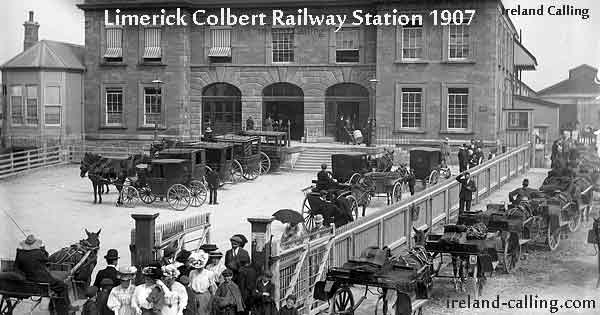
Like many other executed Easter Rising leaders, Colbert has been honoured by having streets and places named after him. There’s Colbert Street in his home town of Athea, Con Colbert Road in Dublin and the Colbert Railway Station in Limerick.
easter-rising-signatories.html